The 20 Worst Movies That Somehow Got a Best Picture Nomination (Some of These Have Aged Really Poorly)

Awards season has a way of turning movie debates into battlefield skirmishes. For every timeless masterpiece, there’s a head-scratcher that left audiences wondering, “How did that get nominated?”
Time hasn’t been kind to some of these contenders, and in a few cases the backlash has only grown louder. Buckle up for a wild tour of glitzy misfires, bloated prestige, and controversy magnets that somehow made the Best Picture cut.
1. Emilia Pérez (2024)

In a year drenched in discourse, this flamboyant cartel musical kicklined right into the crosshairs. Critics sparred over its tonal whiplash: solemn crime melodrama one minute, sparkly confession-booth choruses the next. Low audience scores collided with breathless defenders who praised its audacity and sly politics, making nomination morning feel like a pop-art detonation.
As the dust settled, skeptics argued its stylistic fireworks masked a thin center. Characters seemed sketched with neon markers rather than ink, and the narrative sometimes lurched like a rehearsal caught on camera. Melodies lingered, but the moral beats clanged, creating an awkward duet of empathy and exploitation.
Still, it’s hard to deny the spectacle. Costume design dazzles, choreography pops, and the soundscape hums with nightclub electricity. Yet Best Picture worthy? For many, the film’s bravura swagger couldn’t outrun its hollow aftertaste.
2. The Broadway Melody (1929)
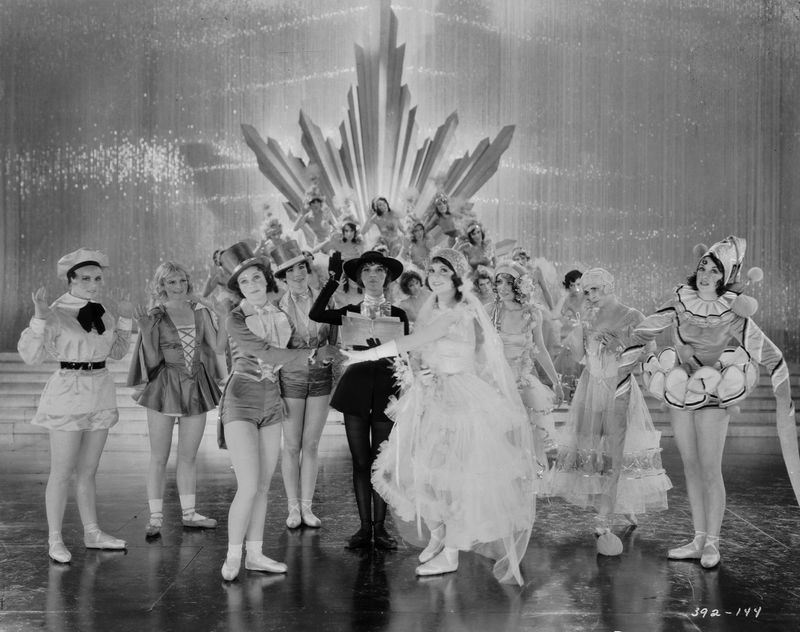
What once felt like a marvel of sound-on-film now creaks like a stage door that never got oiled. The songs plod, the staging strains, and dialogue drops with the elegance of a sandbag. For a brief moment, audiences were charmed by novelty; a century later, novelty has fled the building.
It remains historically important, sure, but importance doesn’t equal vitality. Performances feel pinned under static camera setups, and numbers play like showroom demos for technology rather than storytelling. When the curtain falls, the applause is for cinema’s evolution, not for this particular relic.
As a Best Picture winner, it’s a museum piece in Oscar’s front window. The film’s rhythms are so starchy you can hear the creases. Better musicals would soon rewrite the book; this one mostly reminds us why the book needed rewriting.
3. The Hollywood Revue of 1929 (1929)
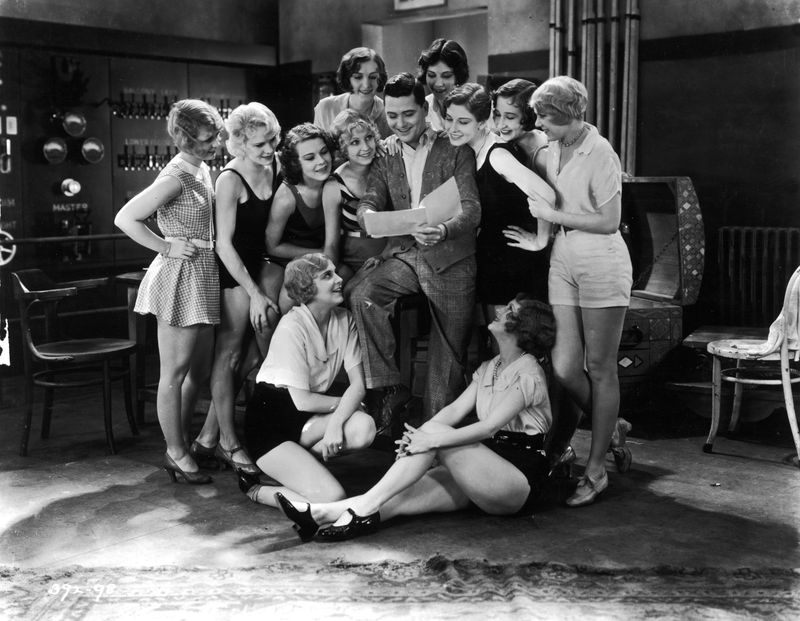
Imagine a studio throwing everything on stage and hoping glamour compensates for, well, everything else. This is basically a celebrity roll call stitched together with banter and novelty songs. There’s charm in the time-capsule value, but story is a missing person case.
Segments arrive like telegrams from different planets, barely conversant with one another. The stars shine, the jokes wobble, and the pacing alternates between jaunty and yawning. You can feel MGM flexing its roster more than crafting cinema, an expensive proof-of-life note for early talkies.
As a nominee, it’s baffling unless you grade on the historic curve. Spectacle is loud; substance whispers from offstage. When the curtain finally drops, the applause is for archival curiosity—less a motion picture than a studio parade with a rented plotless float.
4. Cimarron (1931)
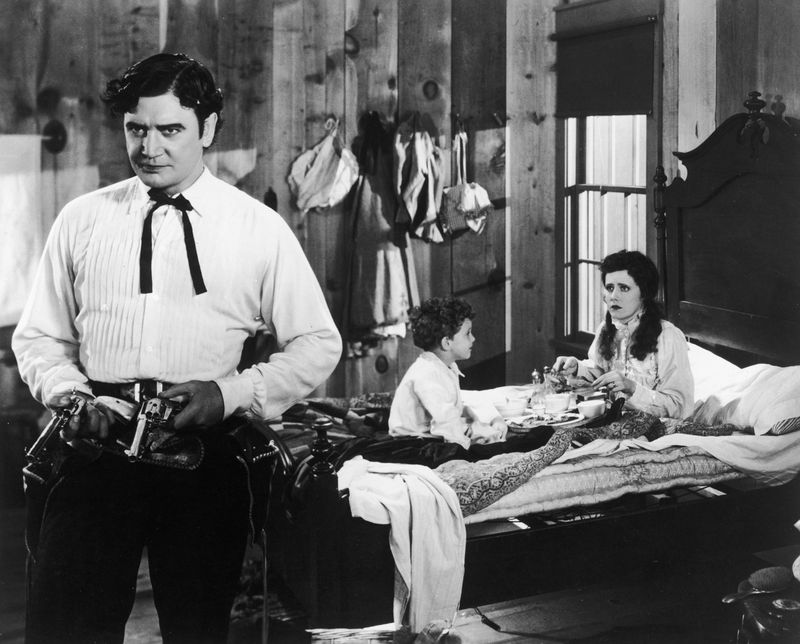
The frontier looks big, but the storytelling feels small and stiff. Sweeping vistas struggle against stereotypes that age like sunbaked paint, flaking off to reveal troubling attitudes. The attempt at epic scope keeps tripping over cardboard characters and a sermonizing streak.
Even the set pieces, impressive for their time, can’t mask a narrative that gallops then stalls. Dialogue clangs, and the film’s notion of progress feels woefully limited. What once played as civilization’s march now reads as a parade of condescension.
Its Best Picture win sits awkwardly in the canon, a reminder that Oscars often reward size over soul. The West deserved better, and so did audiences. In the rearview, Cimarron looks less like a landmark and more like a caution sign about confusing sprawl with substance.
5. Cavalcade (1933)

Time marches on, but here it mostly shuffles in polished shoes. The film lathers sentiment over British history as if prestige were a glaze to prevent cracks. Production values gleam while characters behave like mannequins practicing sorrow.
Each era arrives with delicate bows and glassy-eyed proclamations. Instead of drama, we get a museum tour with velvet ropes and a mournful guide. The effect is soporific: milestone, montage, melancholy, repeat.
Winning Best Picture doesn’t make it lively. It’s stately in the way of a long hallway—elegant, echoing, and easy to get lost in. Later films learned to put blood in their veins; Cavalcade seems content with starch in its collar and a framed certificate on the wall.
6. Anthony Adverse (1936)

Adventure should feel exhilarating, not like serving a sentence with travel perks. This sprawling historical yarn hops continents while somehow losing momentum at every dock. For all the lavish sets and costuming, the story drifts like a ship without a compass.
Scenes pile up as if page count were prestige. Characters enter and exit carrying important vibes but thin motivations, and the melodrama rarely earns its tears. The result is less a journey than a very ornate treadmill.
Nominated in a robust era, it still feels like an obligation more than a discovery. Cast members do their best to inflate the sails, yet the wind won’t cooperate. The lingering impression is of squandered talent strapped to a gilded, pointlessly meandering script.
7. She Done Him Wrong (1933)
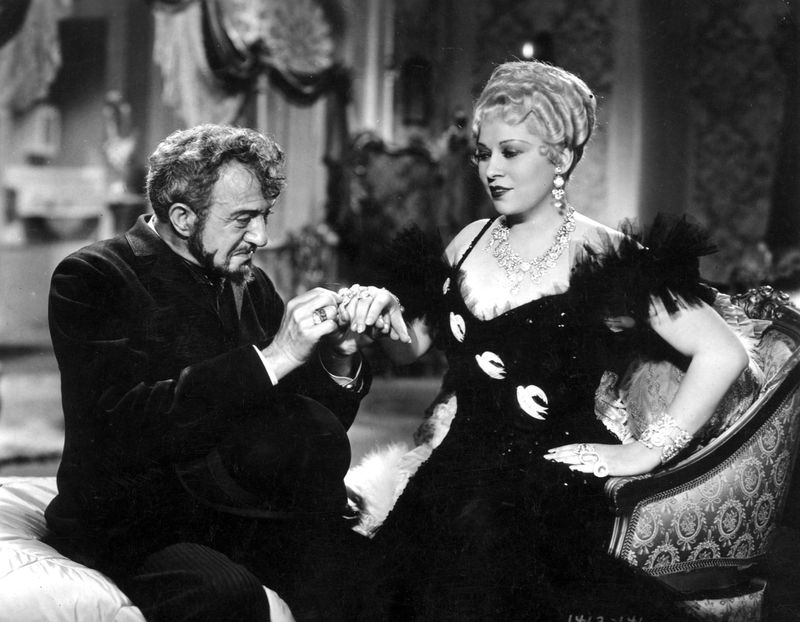
Mae West purrs innuendo with the confidence of a cat owning the alley. Unfortunately, the film around her is barely a catwalk. It’s charming fluff stretched to a feature, a postcard that snuck into a gallery show.
West’s persona remains magnetic, a rare case where star power outruns the plot. Scenes feel built as platforms for punchlines rather than chapters of a story. When the quips ebb, the scaffolding shows.
As a Best Picture nominee, it reads like a curiosity of timing. Censors nipped, audiences gasped, and the Academy nodded, perhaps dazzled by sheer cheek. Today, it plays as a skimpy showcase: star charisma, minimal narrative nutrition.
8. Arrowsmith (1931)
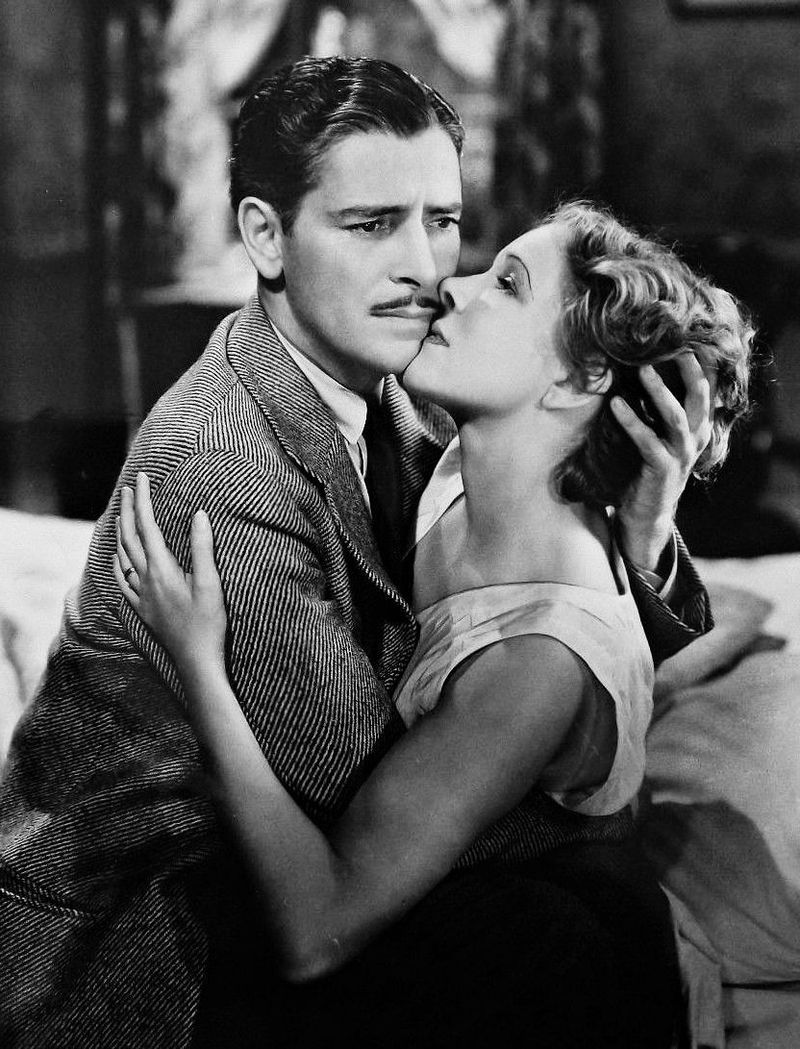
Science deserves better bedside manner than this starchy adaptation provides. Despite John Ford’s steady hand, the drama feels embalmed in early-talkie caution. Characters speak like medical journals reciting vows.
The film aims for moral complexity but lands on laminated ethics. Laboratory scenes hum with potential, yet the narrative puts passion behind glass. Even crises feel curated, like museum exhibits of plague and principle.
As a nominee, it’s the cinematic equivalent of a well-meaning lecture. Respectable, yes; riveting, not so much. Future medical dramas would discover adrenaline—this one prescribes tonics of good intentions and a nap.
9. Three Coins in the Fountain (1954)
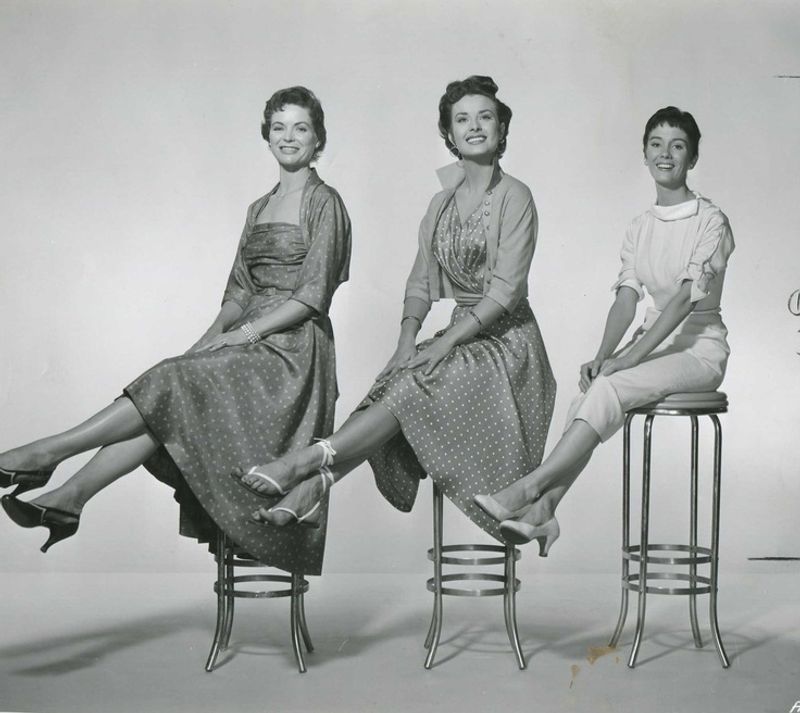
Postcard Rome steals the movie and doesn’t feel guilty about it. The camera worships fountains and piazzas while the plot sips weak espresso. Romance should sparkle; here it fizzes, flattens, and goes tepid.
Three women chase dreams and eligible bachelors across sunlit vistas. The scenery beams; the script shrugs. Dialogue drifts like tourist chatter, all airy optimism and little urgency.
As a nominee, it’s a travel brochure stapled to a screenplay. Pretty, certainly. Memorable? Only if you’re cataloging monuments. When credits roll, viewers recall the Trevi’s shimmer long after forgetting who tossed which coin—and why.
10. Doctor Dolittle (1967)
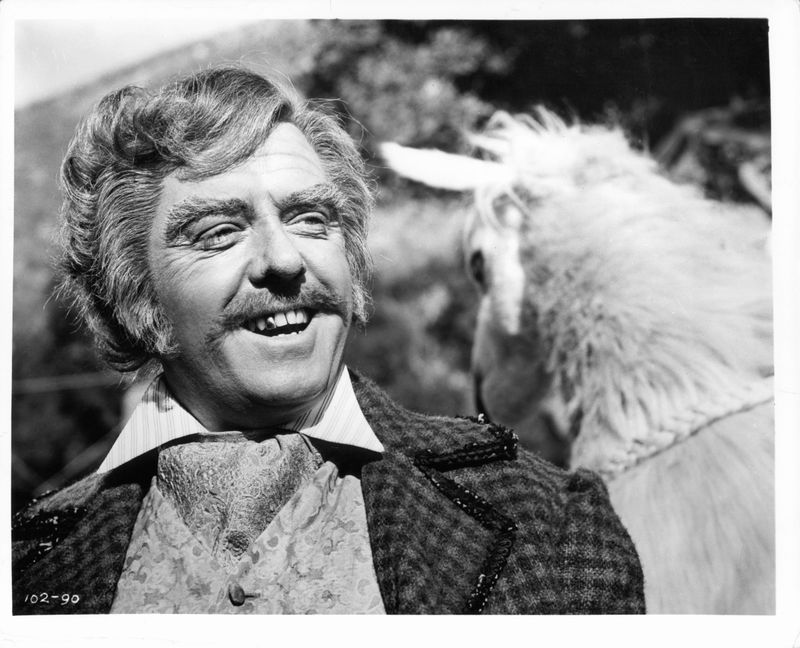
This is the musical that mistook size for soul and sets for charm. Talking animals abound, but the conversation rarely rises above marketing copy. Songs stretch like taffy, and the whole enterprise feels studio-mandated.
Behind the scenes, an aggressive awards push became legend. The campaign couldn’t teach the picture to dance, though it did teach ballots to notice. Critics groaned while production budgets flashed their credentials.
As a nominee, it’s a case study in how clout can float a leaky boat. Spectacle stamps its passport; storytelling loses its luggage. The result is a bloated menagerie wearing a tux it can’t quite button.
11. The Greatest Show on Earth (1952)
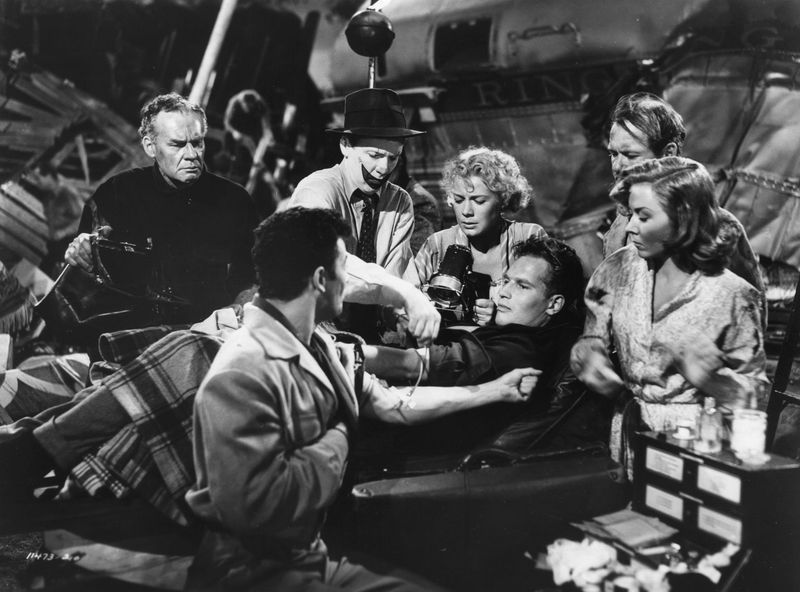
The circus comes to town hauling melodrama like overpacked trunks. Cecil B. DeMille piles spectacle high enough to blot out nuance. Between trapeze thrills and train crashes, soap bubbles float where a story should be.
Characters are archetypes painted in circus stripes: the stoic ringmaster, the ambitious star, the love triangles doing acrobatics of convenience. It’s grand, yes, and frequently ridiculous. The film wins applause from sheer volume.
As a Best Picture winner, it’s the gaudiest cautionary tale about confusing noise for greatness. The show goes on, but the narrative keeps missing its cue. History has largely filed this under “baffling victories,” right next to novelty acts and cotton candy.
12. Crash (2005)
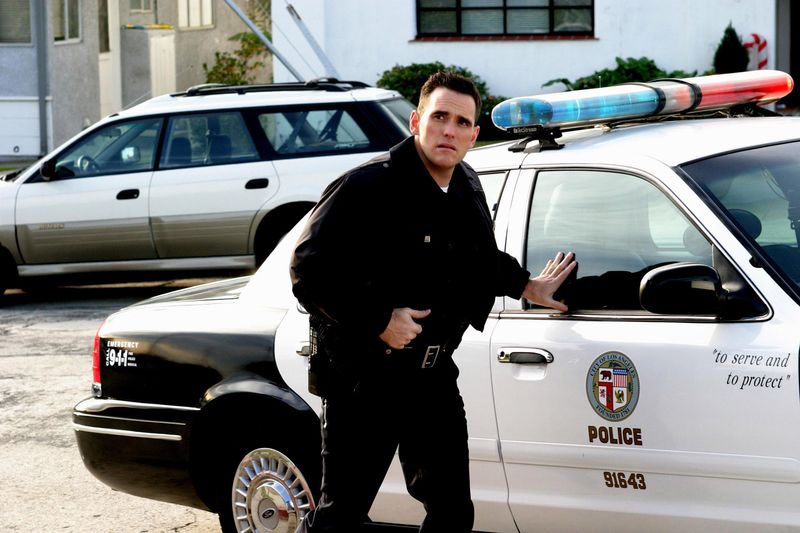
Provocation is easy; insight is harder. This interlocking drama opts for monologues disguised as conversations, banging pots to announce its themes. Characters bump into each other and into metaphors, then deliver epiphanies like courier packages.
The film once felt urgent to some viewers, but time exposed its manipulative mechanics. Coincidences stack, stereotypes tangle, and the script mistakes volume for honesty. The result is less a mosaic than a didactic collage.
As a Best Picture winner, it’s now shorthand for Academy misfires. Earnestness can’t paper over contrivance. When the credits roll, you’re left feeling lectured more than moved, and lectures rarely age like fine wine.
13. The Blind Side (2009)

Feel-good vibes roll like a marching band, but the tune can sound condescending. Characters are arranged to maximize uplift, often at the expense of complexity. The film’s tidy arcs sand down messy realities.
Sports drama meets charitable fairytale, where obstacles fall with timely grace. Performances are warm, yet the narrative’s framing invites eye-rolls. Critics flagged the patronizing optics and simplified social dynamics.
As a nominee, it’s pure comfort-food cinema served in a silver bowl. Popular? Absolutely. Subtle? Not on your life. The aftertaste is sweet enough to hide the thin nutrition—for a while.
14. Green Book (2018)
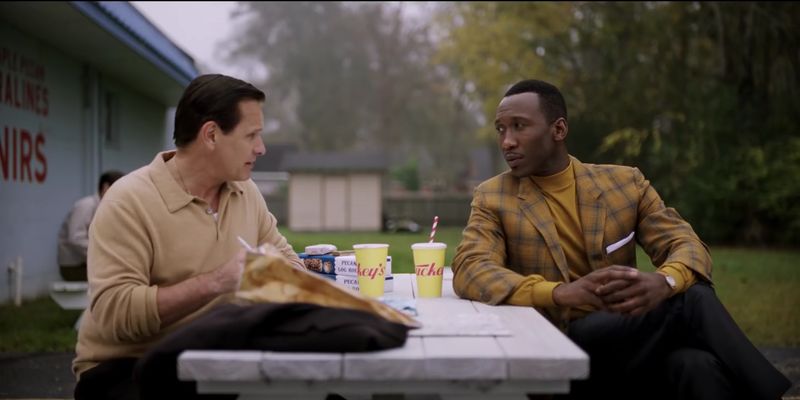
Road trips can broaden horizons; this one narrows them to a cordial handshake. The film’s sugarcoating turns complex history into a tidy dessert. Audiences laughed and sniffled, while critics bristled at the sanitized recipe.
Performances charm, but the perspective tilts like a table missing a leg. It’s the kind of feel-good that pats itself on the back. When tough conversations beckon, the script orders another cannoli.
As a Best Picture winner, it’s comfort over candor. Polished craft, safe conclusions, and a map that avoids rough roads. The destination is applause, not understanding, and that’s the rub.
15. Bohemian Rhapsody (2018)

Queen’s music does the heavy lifting while the film claps on the wrong beats. Timelines wobble, characterization trims the messy edges, and editing feels caffeinated past reason. It’s a karaoke night with stadium speakers.
Production woes show through the glitter. Yet crowd-pleasing moments—especially that Live Aid recreation—deliver goosebumps on demand. Critics argued the spectacle disguised a wobbly biopic held together by needle drops and charisma.
As a nominee, it’s proof that thunderous sound can drown narrative dissent. The movie soars when the band plays and sags when life intrudes. Great music videos; questionable movie.
16. Babel (2006)
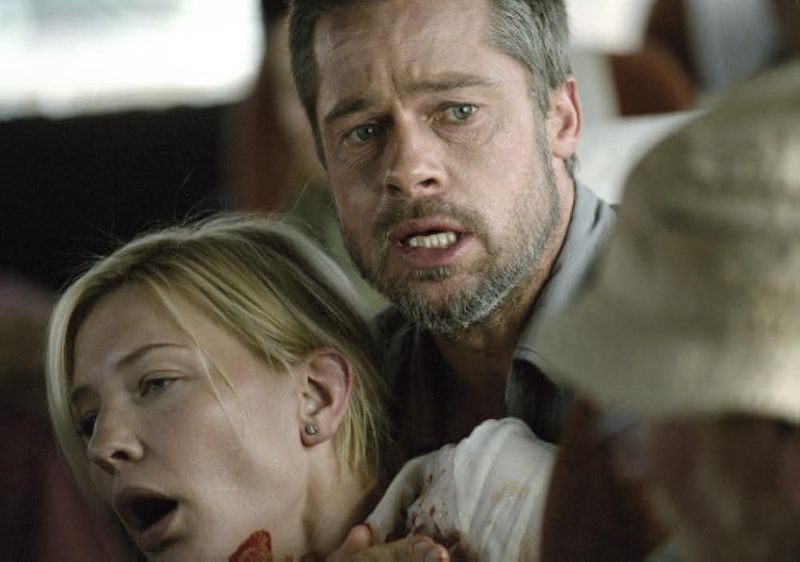
Intercontinental angst weaves together like threads that refuse to knot. The film aims for grand humanist insight but often lands on misery tourism. Craft is undeniable; catharsis is scarce.
Characters suffer in beautifully framed pain, each scenario competing for bleakest postcard. The mosaic structure invites meaning, yet the connections feel imposed. It’s the cinematic equivalent of highlighting passages in a textbook without reading the chapter.
As a nominee, it embodies awards-season gravitas: long, stern, and allergic to levity. The lingering sensation is weight without lift. You recognize the artistry while checking your watch and your mood.
17. Joker (2019)
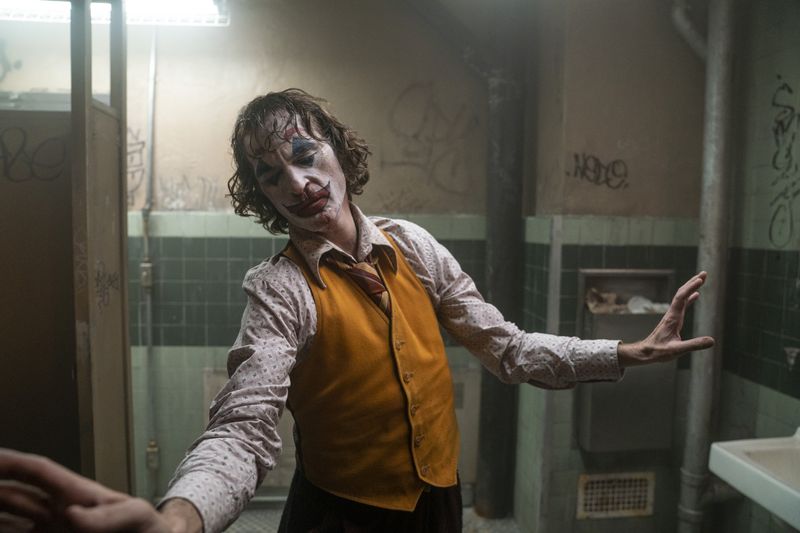
Grime glistens like eyeliner in this brooding character spiral. The film borrows prestige textures—Taxi Driver grit, 70s cynicism—then wraps them around comic-book IP. Many found the result intoxicating; others heard a hollow echo behind the laughter.
Performance intensity sells what the script sometimes fumbles as depth. Violence and despair strut like philosophy, daring you to call them shallow. The city sets smolder, but ideas don’t always ignite.
As a nominee, it’s divisiveness distilled. Provocative design, relentless mood, and a thesis that winks at you from a cracked mirror. Whether profound or performative depends on your tolerance for fumes.
18. Les Misérables (2012)
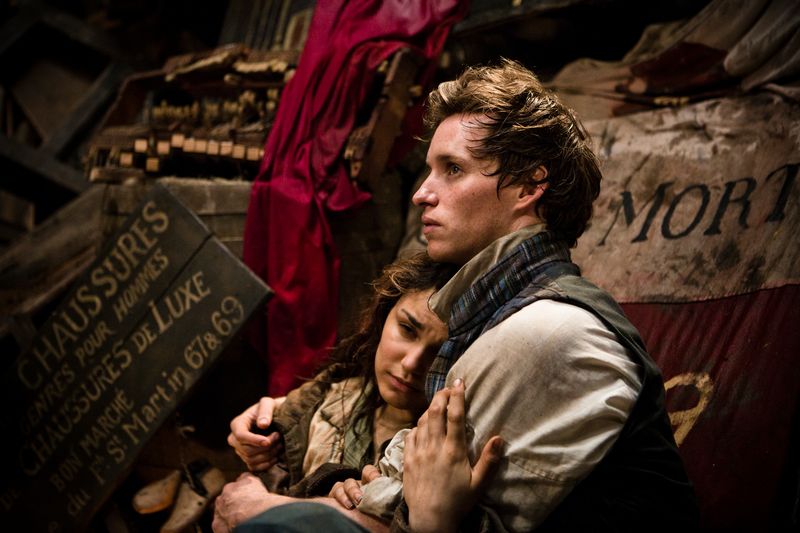
Live singing promised raw immediacy; sometimes it just delivered raw. The camera nuzzles faces while notes wander like tourists in Paris. Emotion is undeniable, yet pitch can be a fickle travel companion.
Scale impresses: barricades, banners, starving masses in damp chorus lines. Still, the direction mistakes proximity for power, turning arias into close-up marathons. When performers struggle, the film magnifies every wobble.
As a nominee, it’s a lavish gamble with mixed returns. The highs soar, the lows scrape, and the result is a bruised spectacle. You may leave humming, but also wincing.
19. Extremely Loud & Incredibly Close (2011)
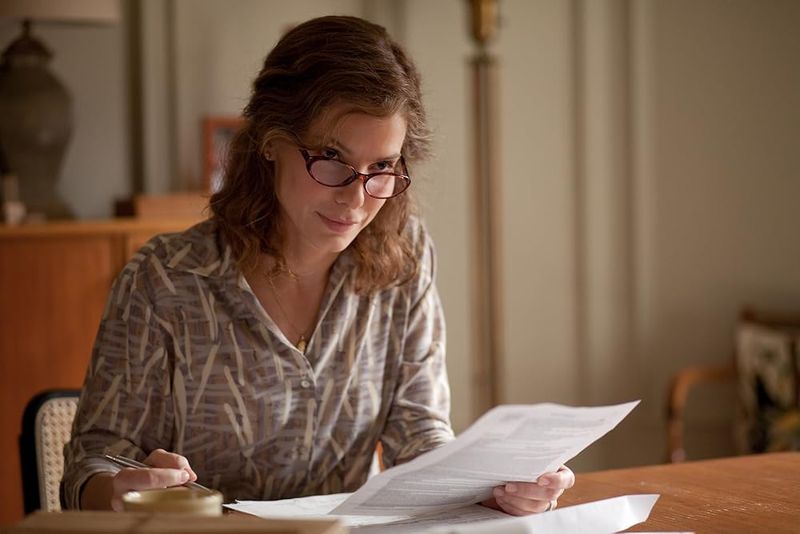
Grief deserves tenderness, not narrative arm-twisting. This story reaches for catharsis with hands that won’t stop squeezing. A precocious protagonist narrates trauma like a puzzle toy, and the pieces feel engineered to snap tears loose.
Performances try to ground the sentiment, yet the structure keeps nudging your ribs. Suspense elements mingle uneasily with tragedy, creating tonal whiplash. Many viewers recoiled at the emotional calculus.
As a nominee, it exemplifies “important” cinema that confuses volume for virtue. The subject matters deeply; the treatment, less so. Mawkishness lingers long after the final clue clicks.
20. The Godfather Part III (1990)
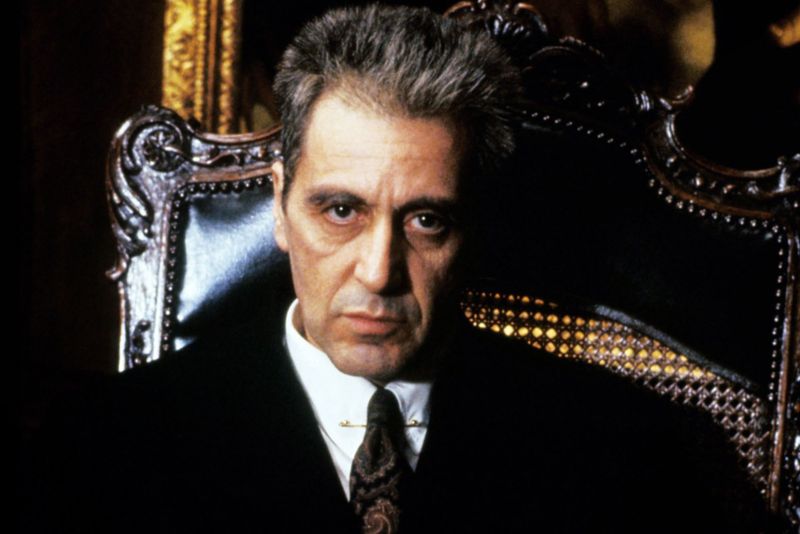
A legendary saga limps to the finish line, dragging ghosts of greatness. The alchemy that made the first two films sing dilutes into reheated motifs. Choices that might have worked in another movie clang against this lineage.
Plot threads tangle with business intrigue and confessionals, but momentum sputters. Performances collide with uneven casting and a script that can’t find the old rhythm. Nostalgia keeps the lights on; inspiration doesn’t pay the bill.
As a nominee, it feels like brand equity doing heavy lifting. There are glimmers—an operatic finale, mournful themes—but the shadow of its predecessors swallows them. The name opens doors; the film struggles to step through.

Comments
Loading…